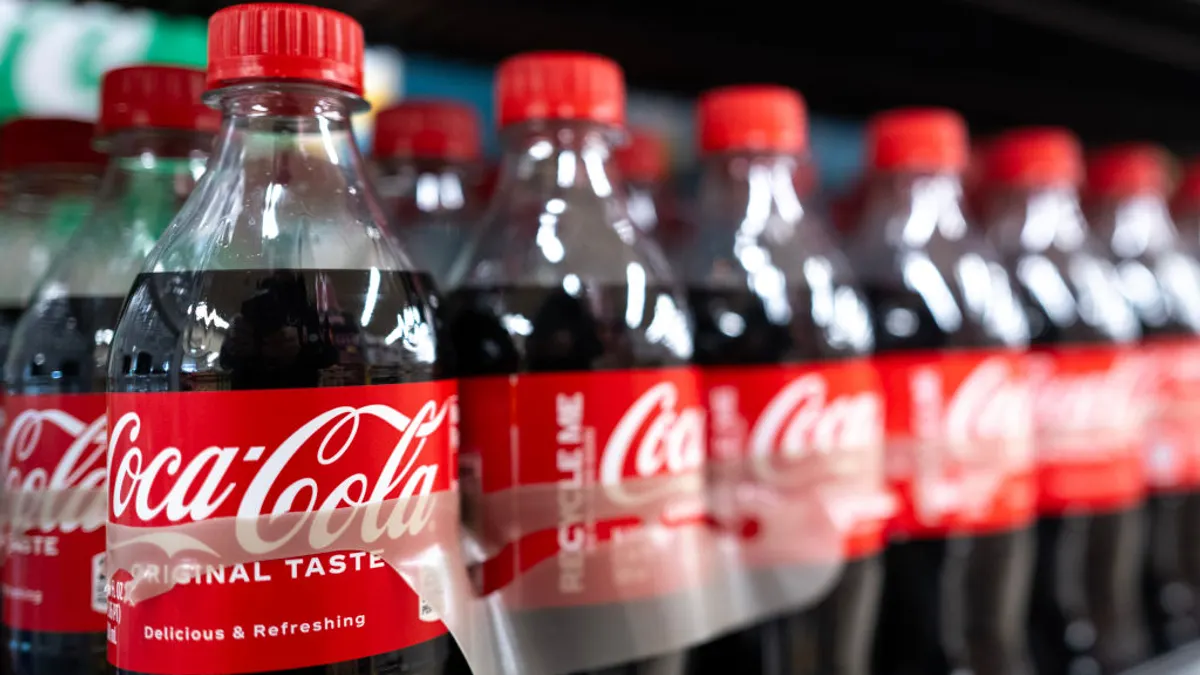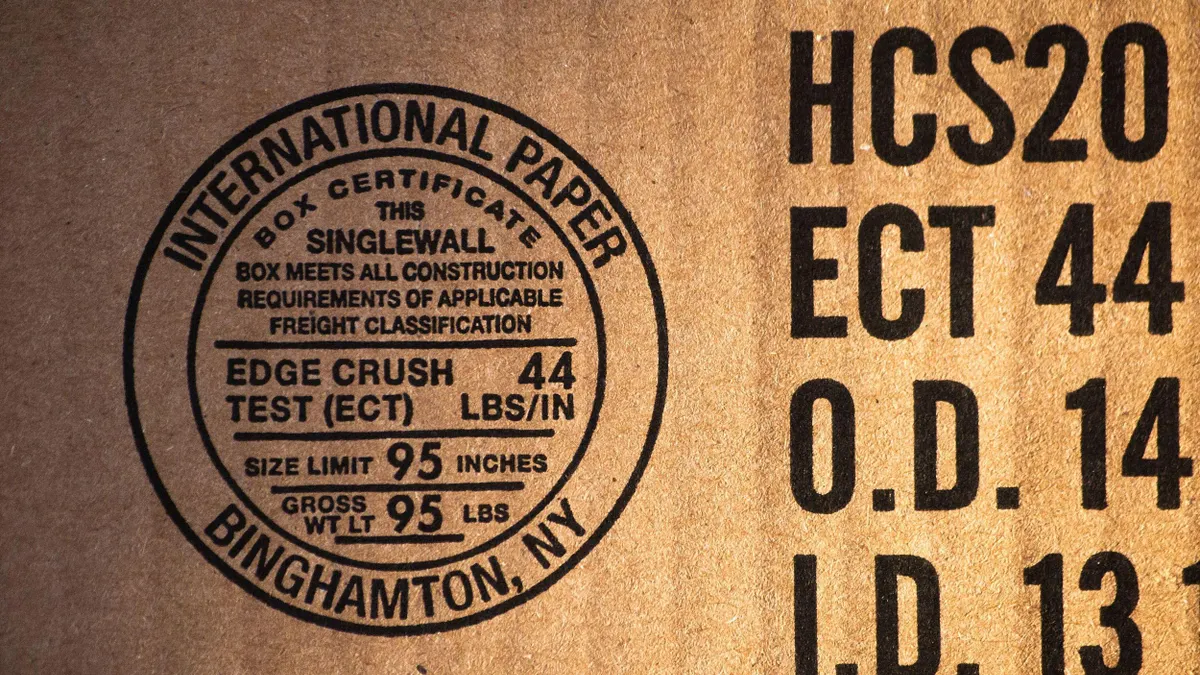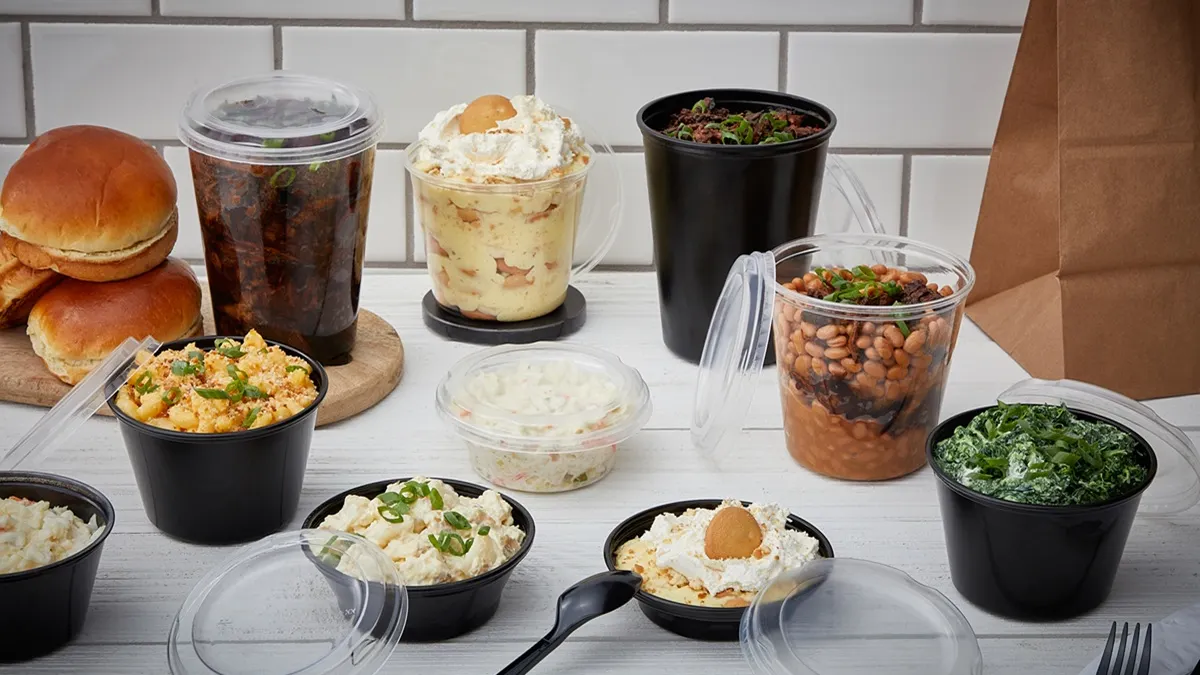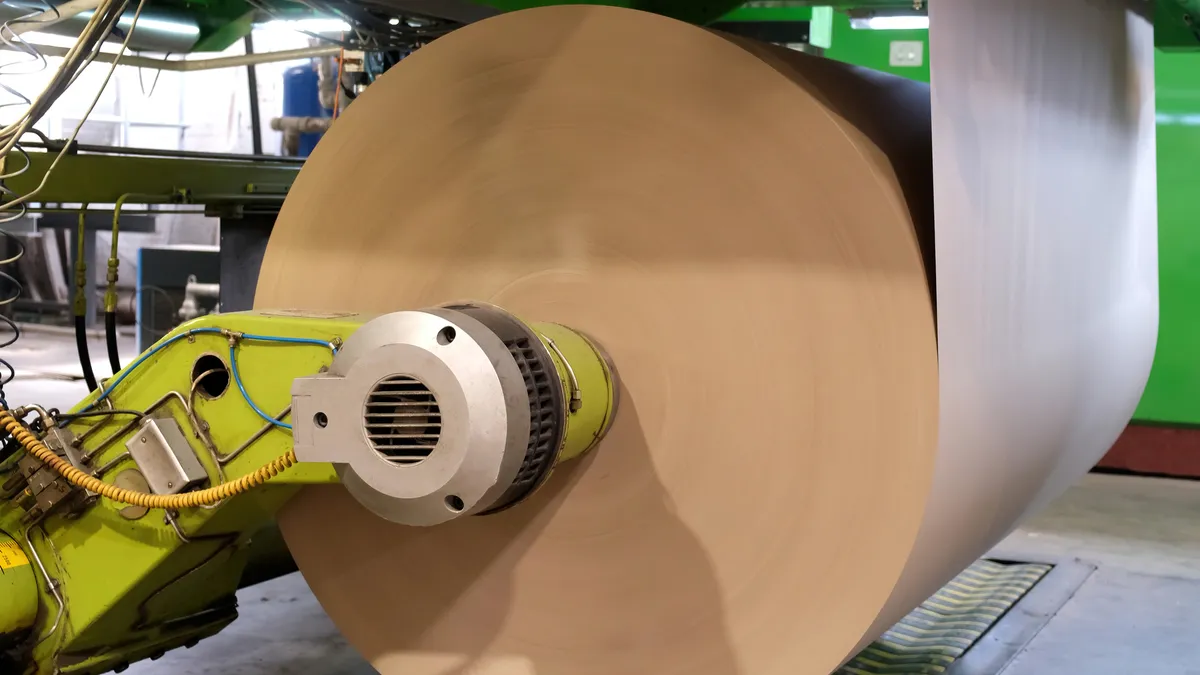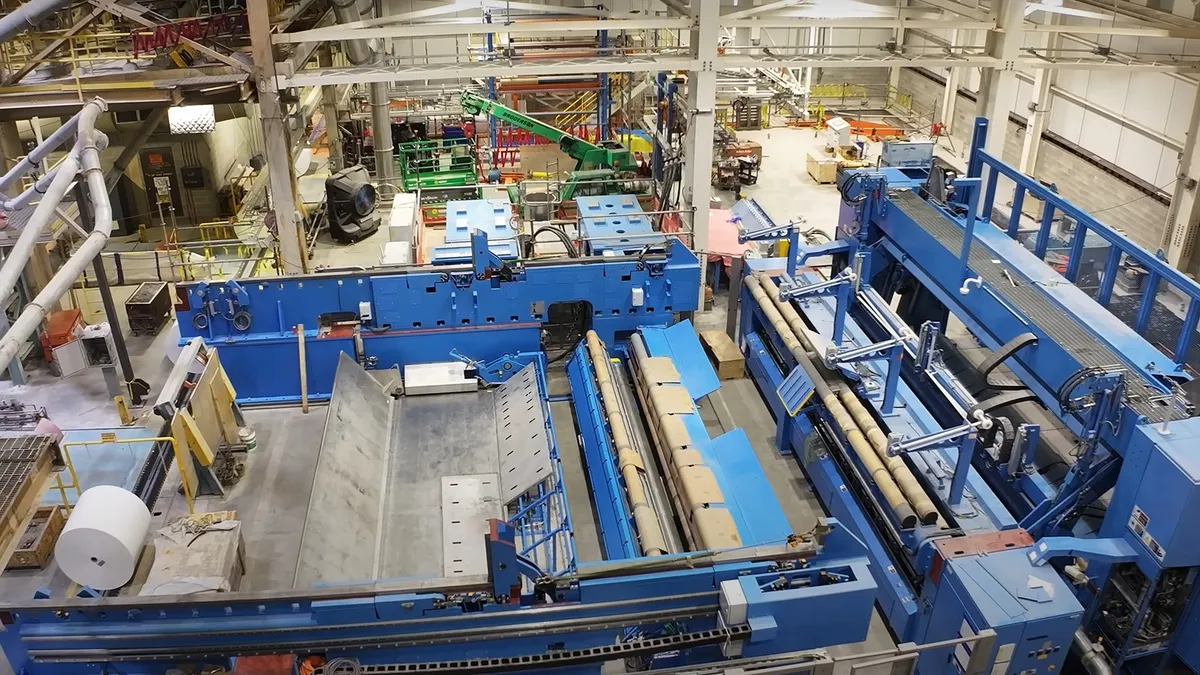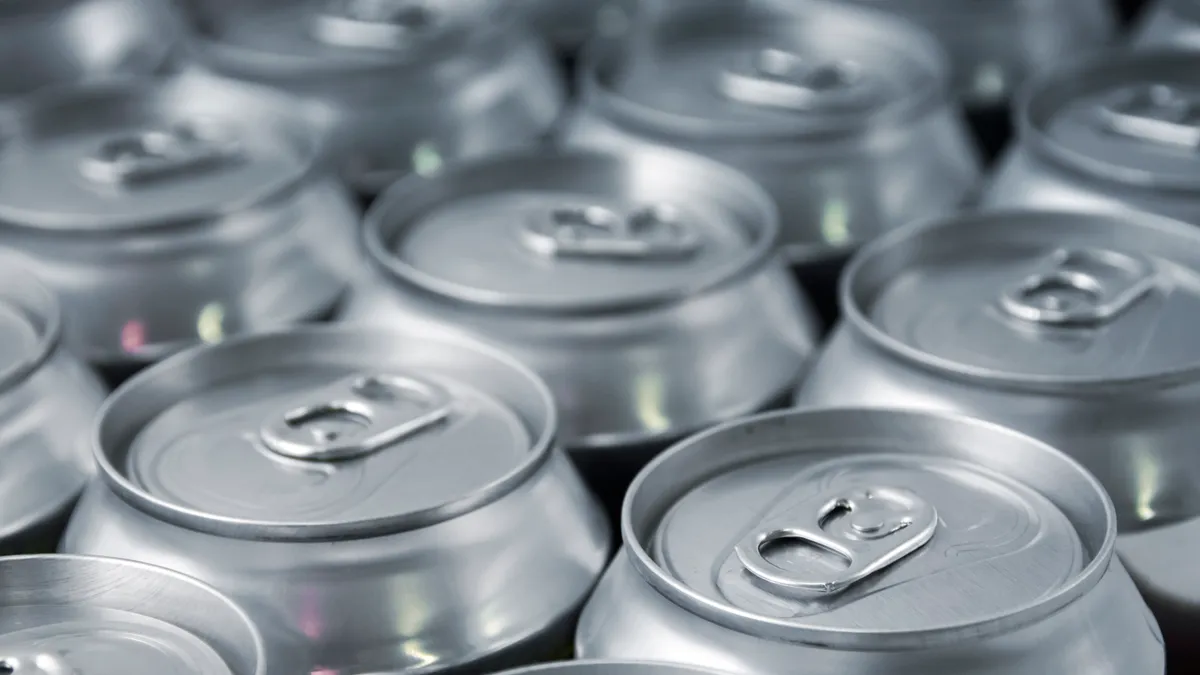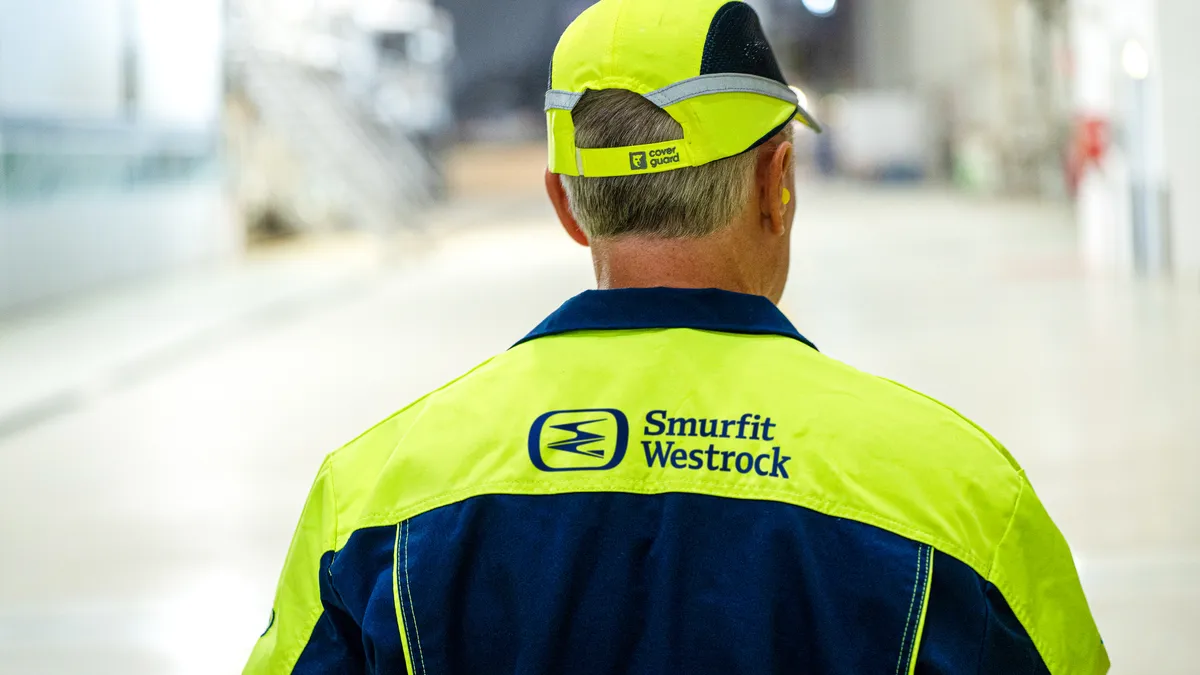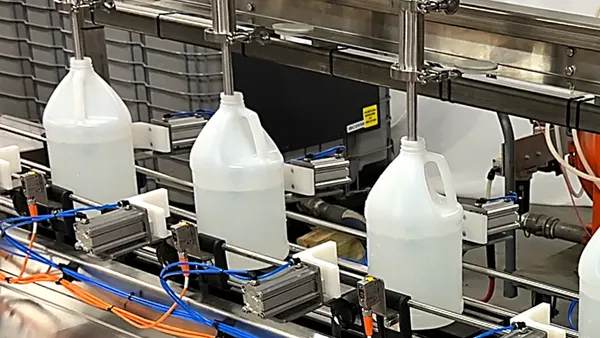Trade groups are reacting to a pair of recent U.S. Supreme Court rulings expected to make it tougher for federal agencies to enforce certain rules on manufacturers.
On June 27, in a 5-4 ruling, the Supreme Court temporarily stayed the U.S. EPA’s “Good Neighbor” plan, sending it back to the U.S. Court of Appeals for the District of Columbia Circuit. The suit was brought by Ohio, Indiana and West Virginia and some industry organizations.
EPA’s 2022 Good Neighbor proposal aimed to cut pollution from industrial sources and power plants whose pollution contributes to smog for downwind residents. EPA said “affordable pollution controls” could help states meet their obligations for the 2015 Ozone National Ambient Air Quality Standards (NAAQS). “Air pollution doesn’t stop at the state line,” EPA Administrator Michael Regan said at the time.
The Environmental Defense Fund was a party in the case and said that the plan was already operating in 11 states and was projected to save 1,000 lives annually when fully implemented.
Certain American Forest & Paper Association members’ facilities would have been subject to the rule, including pulp and paper mills. EPA estimated the cost per ton for pulp, paper and paperboard mills to be $14,134, based on 2016 currency values. Converting operations were not covered.
“AF&PA members would have faced hundreds of millions in unrecoverable costs to comply with the Good Neighbor Plan,” AF&PA President and CEO Heidi Brock said in a statement. Brock said earlier this year that “growing regulatory burden, including recent EPA air regulations, are threatening U.S. manufacturing jobs and the economy.” The agency also finalized rules this year to lower annual limits for the smallest type of particulate matter, PM 2.5, which was expected to push some areas out of attainment and spur facility upgrades.
Brock said in 2023 that Good Neighbor should exclude paper mill boilers, pointing to ongoing industry emissions reductions and saying costs to comply would be overly burdensome.
Paul Noe, vice president of public policy at AF&PA, said that the association has a “long track record of working with EPA on sustainable regulations,” giving the example of engagement on the Boiler Maximum Achievable Control Technology during the Obama administration. Noe said the rulemaking process with Good Neighbor “felt rushed” and “EPA incorrectly concluded that our industry could cost-effectively reduce emissions.”
Noe said AF&PA members have reduced emissions of nitrogen oxides by 50% since 2000. He said Good Neighbor was based on the assumption that selective catalytic reduction, a NOx emissions reduction technology, could work and be effective at mills, which he said was incorrect.
“You're not just looking at what control technologies work for utilities, but now what works for a steel mill or what works for a pulp and paper mill or a chemical manufacturing plant and so on,” Noe said. “It is a very complex technical question of what technologies are proven and cost effective for what industry.”
The Glass Packaging Institute was also among the groups that discussed concerns with Good Neighbor in a 2022 EPA comment docket.
The Supreme Court also made headlines with its 6-3 ruling in Loper Bright Enterprises v. Raimondo. This overturned the “Chevron doctrine,” the product of a 1984 decision that resulted in federal courts deferring to federal agencies’ interpretation of ambiguous statutes. The shift creates more room for industry to challenge agency rules. In light of that decision, Senate Democrats introduced a bill this week aimed at codifying the Chevron doctrine.
The Plastics Industry Association expects the decision to overturn Chevron “to have broad and far-reaching implications for plastics manufacturers,” according to a statement on behalf of the organization shared by Communications Director Camille Gallo. The association “will be monitoring the resulting repercussions to current and future litigation,” particularly in EPA and U.S. Food and Drug Administration law, “and working with its members on the ruling’s impacts.”
AF&PA welcomed the Chevron decision. “We hope that this focus on courts’ constitutional role to interpret the law, while respecting agency expertise, will lay the foundation for sustainable regulation that withstands the test of time,” Brock said in June.
While there are still some regulations that cause AF&PA concern, it’s more an issue of the approach to regulation, Noe said.
“The instability in our regulatory system between one administration to the next ... some people have called it regulatory flip-flop” he said.
“That makes it really hard for the private sector to engage in capital planning, to engage in innovation, without any confidence that the rules that apply today are going to be the rules that apply tomorrow. That's causing a lot of damage to our country,” Noe said. Overturning Chevron “can do a lot to help address the problem of regulatory whiplash,” he said.
In yet another recent decision with implications for environmental regulations, the Supreme Court ruled on Corner Post v. Board of Governors of the Federal Reserve System. This further opens opportunities for challenges to agency regulations. Previously, under the Administrative Procedure Act, parties were allowed six years to challenge a rule following it being issued. The ruling changes that timeline, as it suggests the clock starts ticking when a company — which could be a newly incorporated business — is harmed by the rule.





